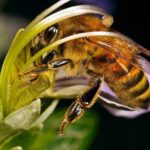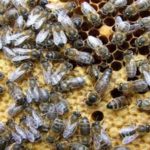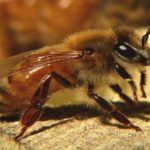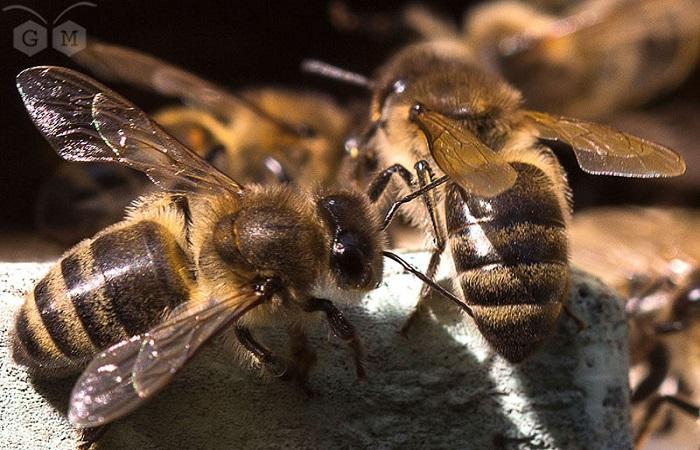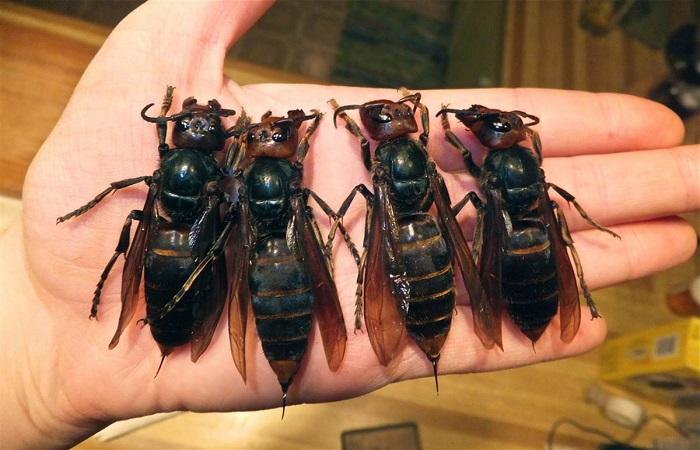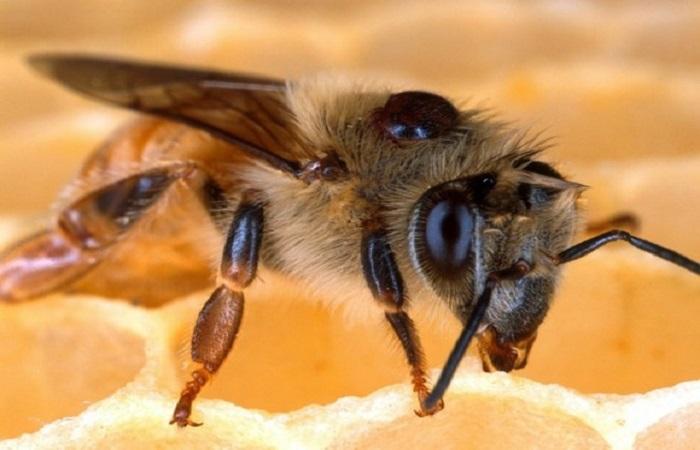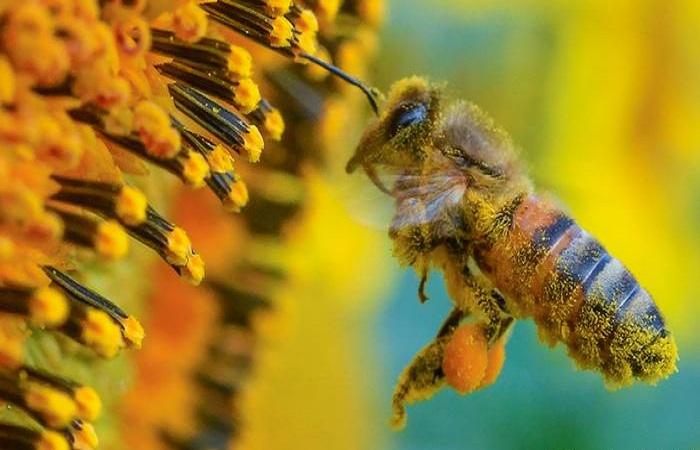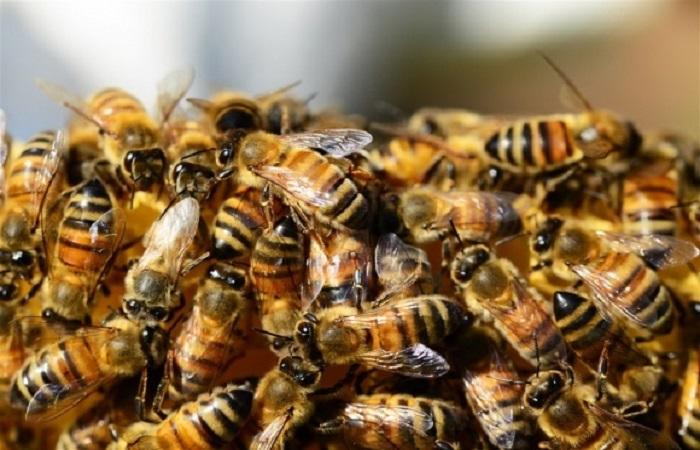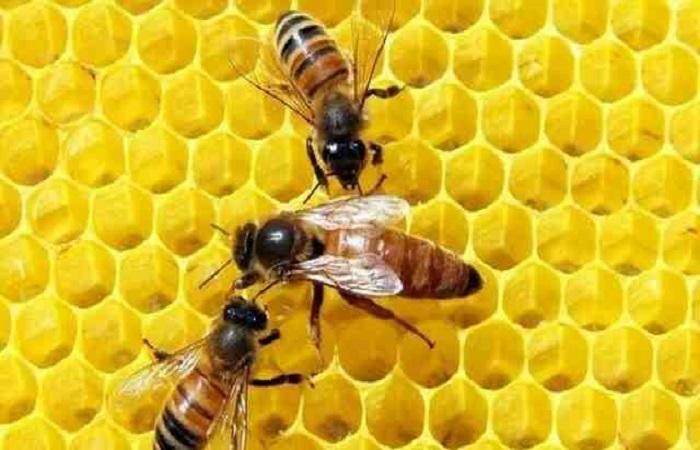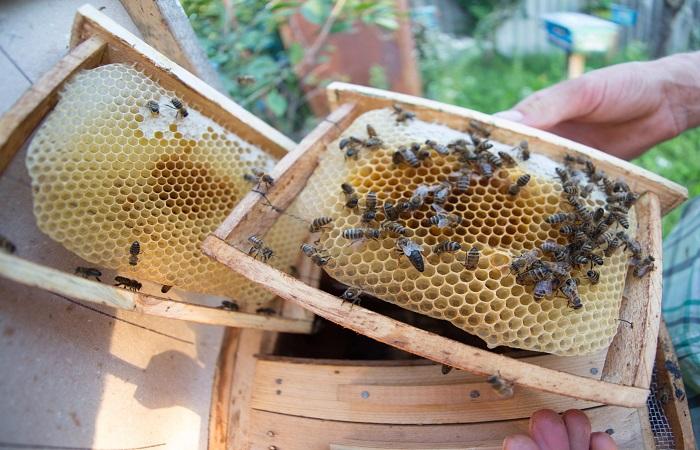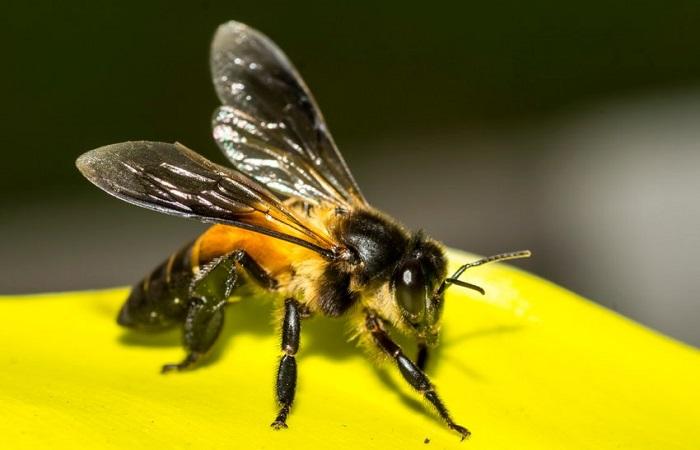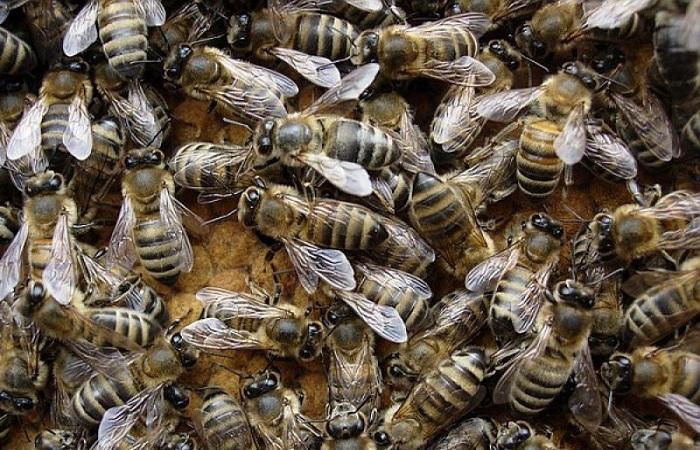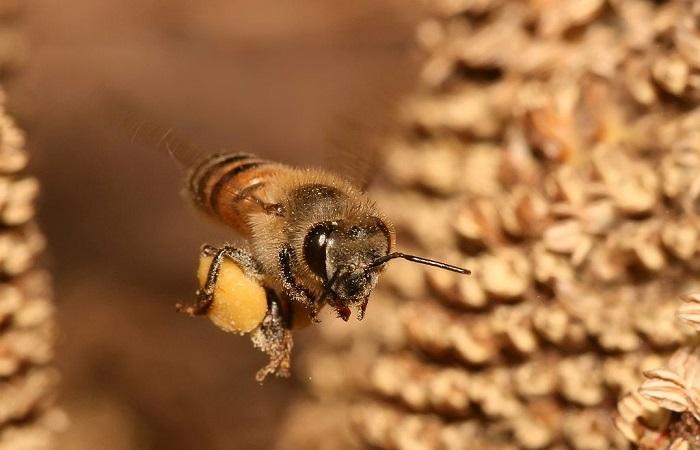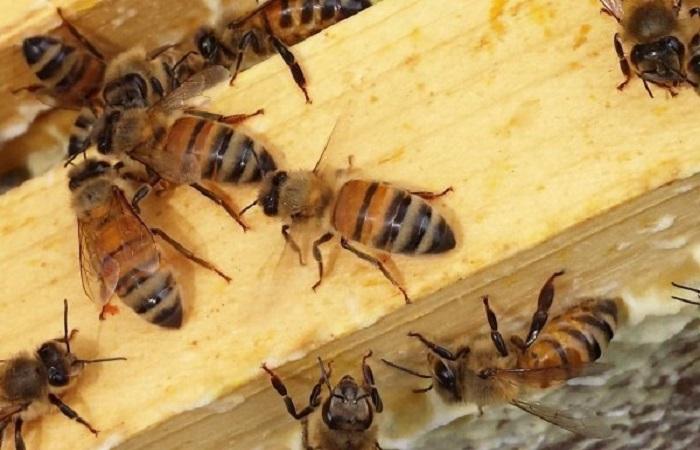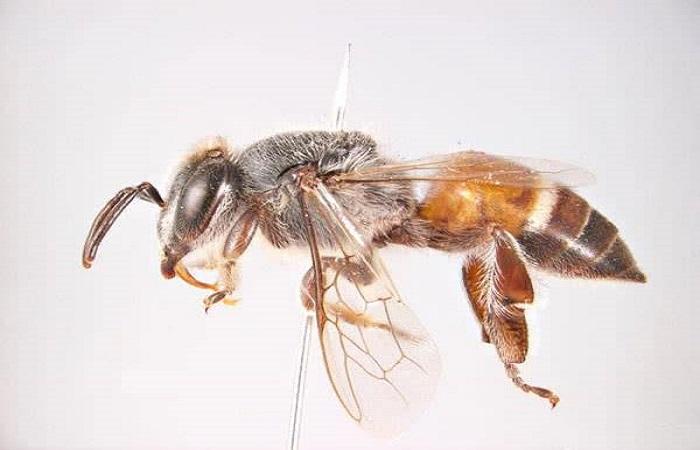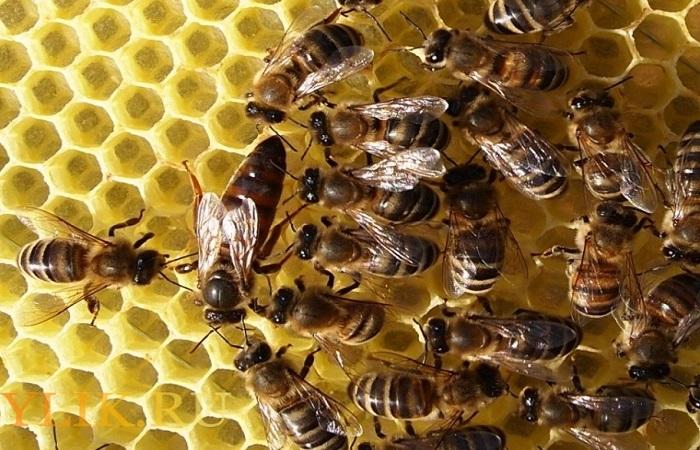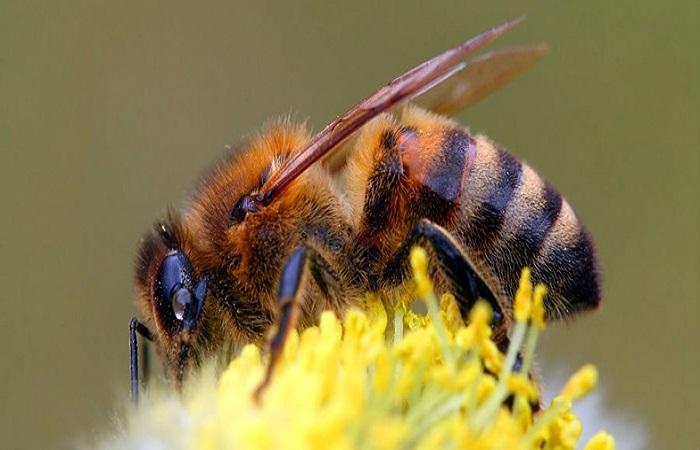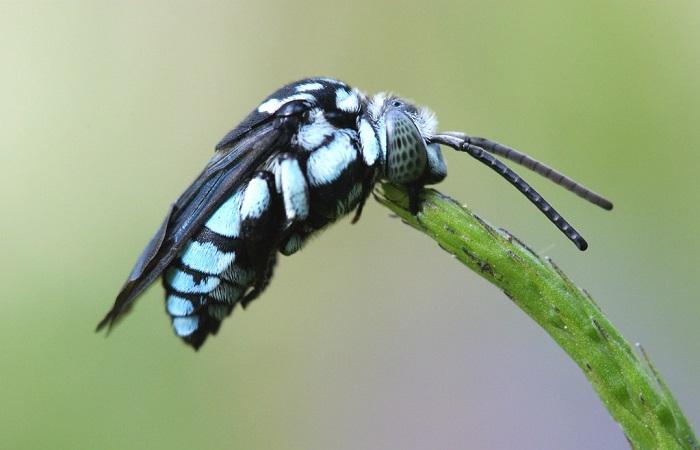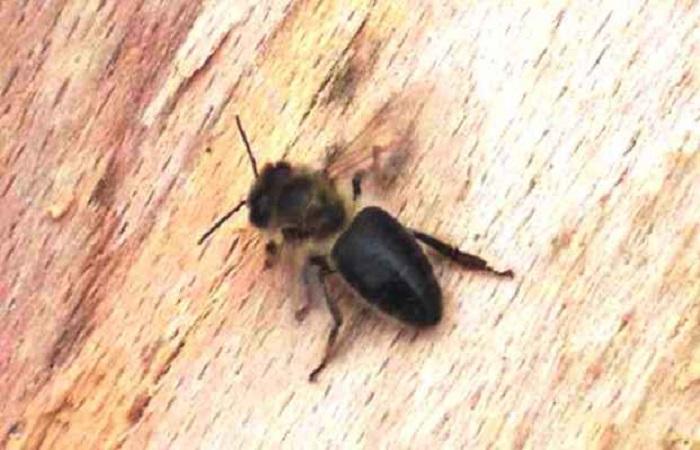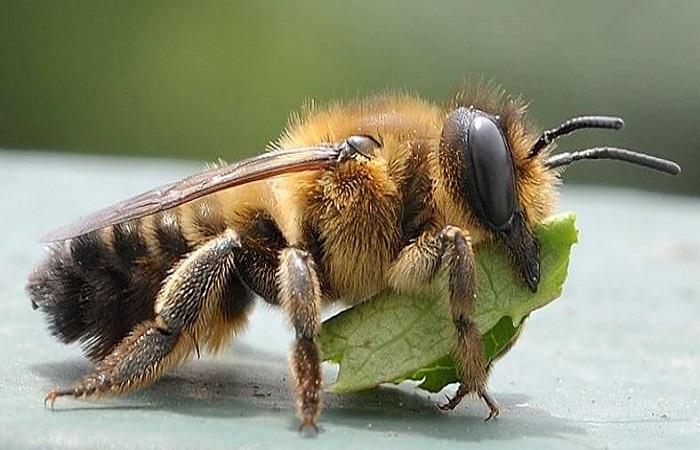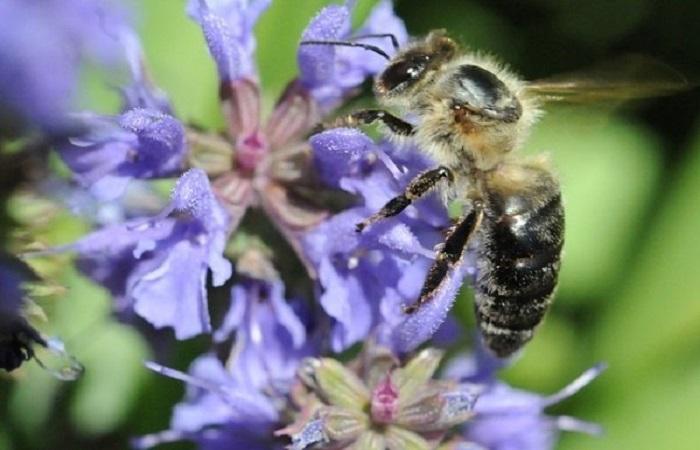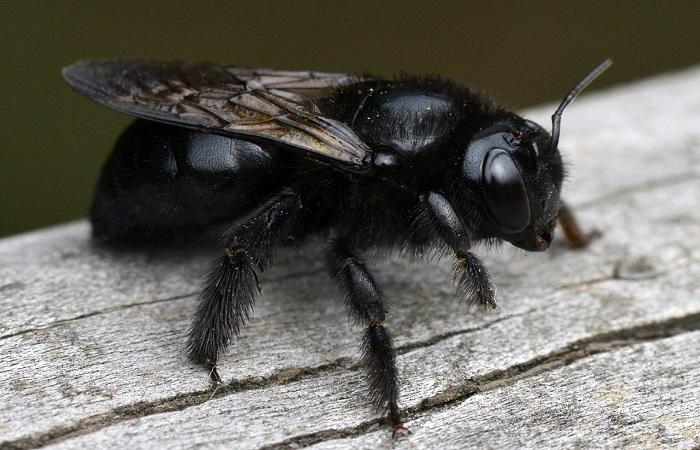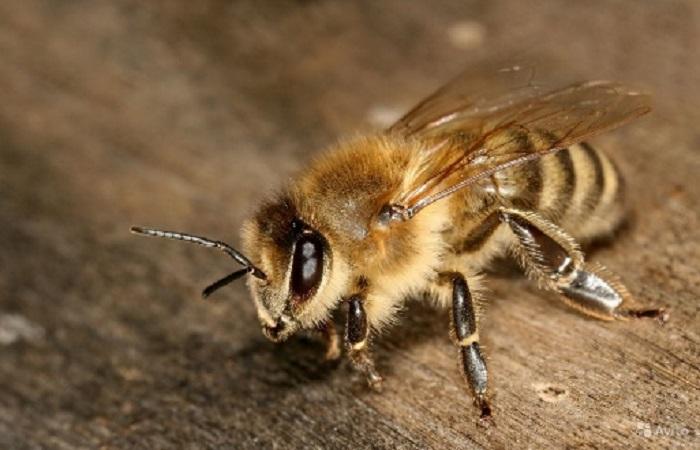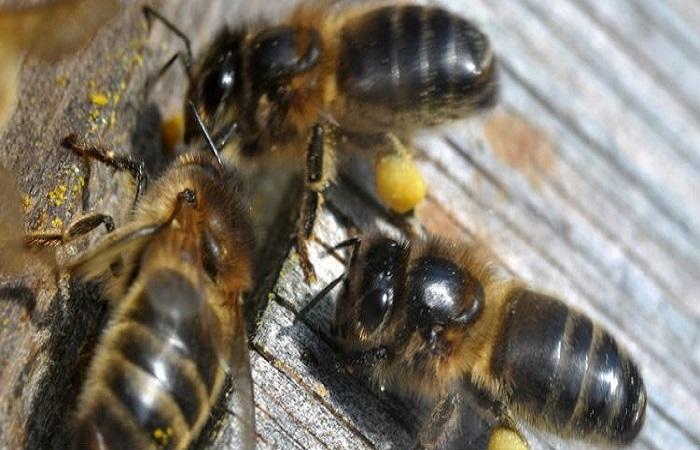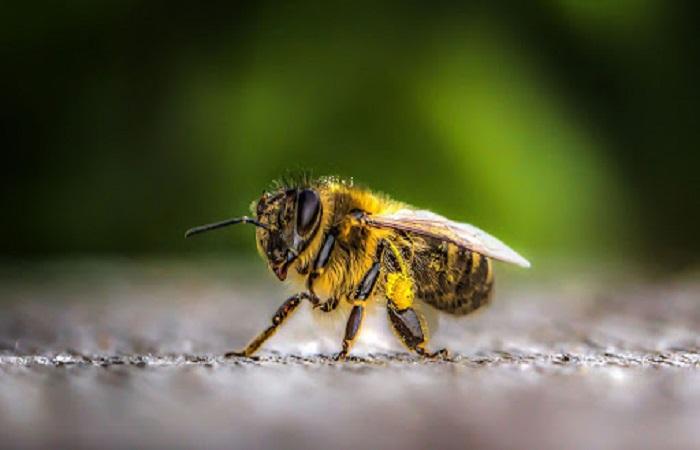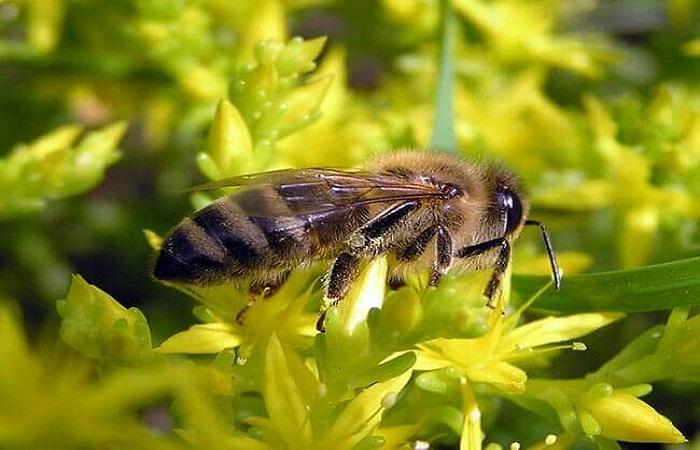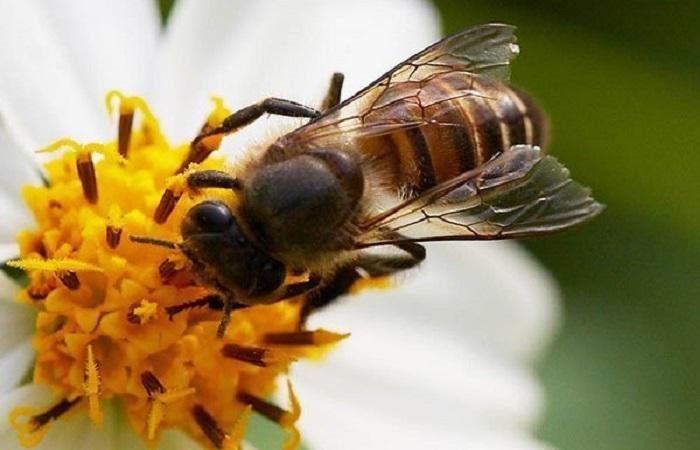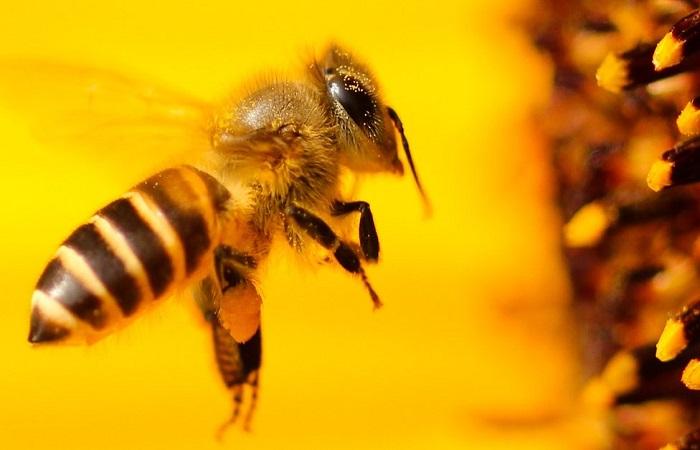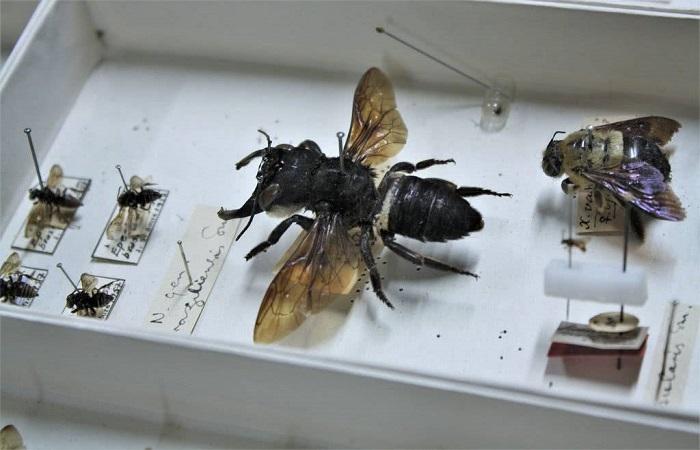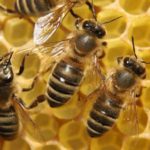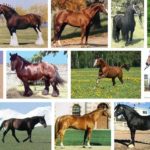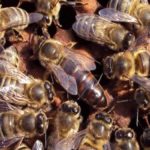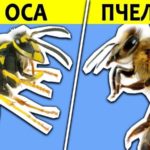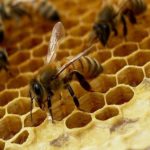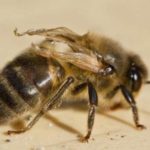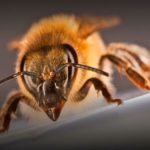Today there are 2 types of bees known - wild and domestic. The former live in nature, the latter are used in beekeeping. Domestic insects are raised to produce honey and other bee products. Their families include tens of thousands of individuals. These include worker bees, queen bees and drones. There are several dozen breeds of bees that are used in beekeeping. Each of them has unique features.
- How to identify and choose a bee breed?
- Abkhazian
- Asian
- Altai
- English
- African
- Buckfast
- Bashkir
- Vuchkovsky
- Gigantic
- Himalayan
- Far Eastern
- European
- Earthen
- Italian
- Caucasian
- Dwarf
- Carpathian
- Krajinskie
- Kuban
- Cuckoos
- Forest
- Leaf cutter
- Megrelian
- German
- Orlovsky
- Persian
- A carpenter
- Polesie
- Priokskie
- Northern
- Central Russian
- Thai
- Brindle
- Ukrainian
- The largest bee Megachile pluto
How to identify and choose a bee breed?
To choose a breed for breeding, you should familiarize yourself with its main characteristics.
It is recommended to take into account the following features:
- It is important that the breed fully corresponds to the natural conditions of the area in which the apiary is located.
- It is worth buying a bee colony from certified farms that are located at least 15-20 kilometers from the apiary. Otherwise, the insects will return to their parent hives.
- It is worth purchasing a bee family in the spring season. In this case, it will include brood of different ages. Thanks to this, already in the first year it will be possible to grow a bee colony and obtain a large amount of honey. Buying bees in the fall or winter is considered a risky endeavor.
- The presence of a high-quality queen in the colony is indicated by dense seeding of brood cells.
- To buy a strong family, you should pay attention to the number of frames that are covered with bees. In spring, a strong family populates 8-9 frames. Another 3-4 frames are for brood. A weak family populates no more than 4 frames.
- Swarm colonies weighing at least 2-3 kilograms should be purchased in late spring or early summer. This will make it possible to grow a strong bee colony and accumulate food reserves for the winter.
- You should not buy a restless swarm that makes a lot of noise. Most likely, there is no uterus in it.
- There should be no individuals in the bee colony that have damaged wings and legs.
- It is important to pay attention to the bottom of the hive. If gray balls are present, the presence of ascopherosis should be suspected.
- It is definitely recommended to take into account the nature of the insects.The Central Russian breed is considered the most evil. It will be difficult for beekeepers without experience to provide quality care for such bees.
Abkhazian
Representatives of this breed are characterized by a peaceful disposition, hard work, and moderate swarming. Abkhazian bees are resistant to frost. They produce tasty and healthy honey.
The advantages of the breed include:
- hard work;
- calm character;
- delicious honey
The disadvantages of Abkhazian bees include:
- risk of developing nematosis and foulbrood;
- the threat of limiting the uterus in sowing, which leads to a decrease in family size.
Asian
These bees are large in size. The length of their body is 2-3 centimeters. Insects have a dark abdomen and require special care. Such individuals build hives on rocks. A distinctive feature is a painful bite. In addition, representatives of the breed cannot boast of high productivity.
The main advantages of Asian bees include:
- low maintenance requirements;
- large sizes.
There are also the following disadvantages:
- painful bites;
- low honey yield.
Altai
Beekeepers rarely breed insects of this variety. Their genetics are poorly understood. In addition, bees have many common characteristics with other breeds that are bred in Russia. Altai individuals have practically no advantages. The only advantage is considered to be the low feed requirement.
However, they have many disadvantages:
- sensitivity to temperatures;
- susceptibility to disease;
- predisposition to swarming;
- low honey productivity.
English
This breed is considered extinct. She disappeared in the fifties of the last century. This occurred due to the infestation of individuals with tracheal mites.This story forced scientists to breed stronger and healthier individuals that are resistant to ticks.
African
These insects were bred in 1956. Geneticist Kerr crossed wild African and common European bees. As a result, it was possible to obtain large individuals with variegated colors. They live in hollows, on rocks, in the mountains.
Benefits of African bees include:
- strong immunity;
- excellent pollinating characteristics.
At the same time, insects also have many disadvantages:
- aggressive character;
- tendency to kill honey bees and steal honey;
- spread of dangerous pathologies.
Buckfast
This breed is considered very popular. Its representatives are distinguished by strong immunity, dark yellow color and high honey collection parameters. Individuals are characterized by a keen sense of smell and a rapid increase in numbers.
The advantages of the breed include:
- hard work;
- high parameters of honey collection;
- peaceful nature;
- accuracy;
- subtle sense of smell;
- rapid increase in numbers;
- energy.
Buckfast bees are characterized by the following disadvantages:
- low resistance to frost;
- lack of persistence in preserving a pure breed.
Bashkir
This variety of dark European bees is considered one of the best. Insects are characterized by a dark gray color and large size. They are considered very hardworking and are able to work 17 hours.
The advantages of Bashkir bees include:
- resistance to European foulbrood;
- ability to work in rain;
- high productivity;
- hard work.
There are also some disadvantages:
- insufficiently good protection of hives;
- decreased performance in bad weather;
- aggressive character.
Vuchkovsky
This is a variety of the Carpathian breed.At the same time, Vuchkovsky individuals are characterized by a more peaceful disposition. They are distinguished by a gray body color and covered with gray fluff. Insects show resourcefulness when collecting food, using different honey plants. The productivity of a bee colony reaches 50-120 kilograms of honey.
The advantages of the breed include:
- high productivity;
- calm character;
- use of different honey plants.
There are also disadvantages:
- low resistance to frost;
- the appearance of aggression in bad weather.
Gigantic
These individuals live in the wild. They make honeycombs in mountain gorges or in trees. Queen bees and worker bees reach a length of 16 millimeters, drones - 18. Giant bees are distinguished by their yellow color. The amount of honey in their honeycombs reaches 25-27 kilograms. Insects show aggression towards people. They are wild animals that cannot be domesticated.
Himalayan
These insects live in the mountains. They build their nests in rock crevices and trees. In cold weather, Himalayan bees begin to migrate. Their honey is extracted by people who live in the foothills of the Himalayas. This product has unique healing properties.
Far Eastern
These individuals were the result of free selection of three varieties - Caucasian, Ukrainian and Central Russian. They can have different colors - from light gray to yellow. A characteristic feature of insects is their tendency to steal. The average parameters of egg production of the uterus reach 1500 eggs per day. Individuals are distinguished by their calm character. The volume of their bribe reaches 200 kilograms.
The advantages of Far Eastern bees include:
- strong immunity;
- calm character;
- active growth of the bee colony.
Among the disadvantages it is worth highlighting the following:
- tendency to steal;
- weak stability of breed characteristics in case of crossing with other varieties.
European
This breed came to Europe from Africa. In appearance, the insects are unremarkable. They are distinguished by their dark color. A characteristic feature is a high degree of aggression. Insects often attack in groups.
The advantages of European bees include:
- high honey productivity;
- good frost resistance.
However, insects have the following disadvantages:
- high degree of aggression;
- risk of lightning attack.
Earthen
These insects create nests underground. They connect their burrows with passages. One network can include up to 100 burrows. Insects treat the walls of their homes with nectar. A distinctive feature of bees is the thick fur on their body.
Most often they collect coltsfoot nectar. Usually such individuals are found in sandy areas. They live in low mountain areas and pine forests.
Italian
These insects differ in shades - they are light yellow or golden. Their characteristic features are considered to be a tendency to steal, high productivity, and a calm character. Insects are resistant to disease. They are characterized by a long proboscis.
The advantages of the breed include:
- good protection for hives;
- the presence of a long proboscis;
- resistance to diseases.
There are also disadvantages:
- frost intolerance;
- need for large amounts of feed in winter.
Caucasian
Such bees are divided into 2 varieties - yellow and gray mountain. The second species has been living in the Caucasus Mountains for a long time. Such individuals are characterized by a gray body color. They are distinguished by a very long proboscis, which reaches 7.2 millimeters.
This variety of bees is characterized by a calm character and weak swarming.They produce a lot of propolis and are able to search for different sources of honey.
The benefits of gray mountain bees include:
- calm character;
- pollination of legumes;
- high productivity.
However, there are also disadvantages:
- defeat by diseases;
- low winter hardiness.
Yellow bees live in Transcaucasia. There is a pronounced yellowness in their color. This type has many disadvantages:
- low resistance to frost;
- susceptibility to disease;
- pronounced swarming;
- predisposition to theft;
- low productivity of the uterus.
Dwarf
These are the smallest bees. The size of their body does not exceed 2 millimeters. Dwarf individuals live in the USA. They most often collect nectar from milkweed. These individuals cannot be bred because they live alone. Such insects build their nests in the ground. However, they prefer arid climates.
Carpathian
This is a variety of Ukrainian bees. Insects are characterized by a gray color and a long proboscis. They easily adapt to different conditions, but have a predisposition to theft. The advantage of the breed is the almost complete absence of aggression. The queen is capable of producing 3600 eggs per day.
The advantages of the breed include:
- lack of aggression;
- long proboscis;
- uterine fertility;
- adaptation to any climatic conditions and terrain.
Among the disadvantages it is worth highlighting the following:
- tendency to steal;
- low level of propolis production.
Krajinskie
This breed is considered one of the most common in Europe. Krajina bees are distinguished by their resistance to frost, calm nature, and early development in the spring. In addition, they easily change honey plants. Queens are capable of laying up to 2000 eggs per day.
Among the advantages of the breed are the following:
- lack of aggression;
- queen fertility;
- rapid development of bee colonies.
The following is considered a disadvantage:
- tendency to swarm.
Kuban
A characteristic feature of the breed is its small size. They are able to collect honey even in hot weather. Insects have a calm disposition, but are characterized by a tendency to steal. They are able to withstand short winters normally.
The advantages of the breed include:
- uterine fertility;
- high honey yield;
- calm character;
- active harvesting of pollen and propolis;
- resistance to heat and transportation.
However, there are a number of disadvantages:
- tendency to swarm;
- susceptibility to disease;
- intolerance to long frosty winters;
- tendency to steal.
Cuckoos
This species of bee lives in Australia and southeast Asia. The insects are characterized by their impressive size and black and blue color. Their body is covered with shiny hairs. Insects do not build nests, but give their offspring to other families of the Amegillus genus. Cuckoos are slow and lazy in nature. They are unable to collect pollen.
Forest
These wild bees are adapted to harsh conditions. They are characterized by stable immunity and tolerate frost well. An advantage of forest species is resistance to toxicosis and foulbrood. The only problem for them is considered to be wax moths. Queens are capable of laying up to 2000 eggs per day.
Leaf cutter
Beekeepers note that these insects are characterized by a peaceful disposition. They are distinguished by an unusual shape - a large head and a large body. Leaf cutters do not have a permanent place of residence. They make houses out of leaves.
Megrelian
These bees are characterized by a high degree of resistance to frost. The insects are distinguished by their silver-gray color and rather long proboscis. This makes it possible to collect nectar from narrow flowers.
The advantages of the Megrelian breed include:
- high frost resistance;
- uterine fertility;
- minimum aggression.
However, there are also disadvantages:
- tendency to steal;
- need for sufficient feed.
German
This family of bees is called black. Such insects really have a black body covered with yellow fluff. German bees mainly live in France.
The advantages of insects include:
- strong immunity;
- frost resistance.
However, there are also disadvantages:
- aggressive character;
- susceptibility to foulbrood.
Orlovsky
This is a variety of the Central Russian breed. The insects are large in size and dark gray in color. The advantage of the breed is its resistance to the harshest conditions.
Other benefits include:
- lack of inclination to steal;
- strong immunity;
- high productivity;
- slight swarming.
The only downside is:
- late spring development.
Persian
These bees have a rich yellow color. In appearance they resemble Caucasian individuals. The advantages of the breed include:
- hard work;
- lack of tendency to swarm.
There are also disadvantages:
- sensitivity to cold;
- aggressive character.
A carpenter
In appearance, carpenters resemble bumblebees. They are also called black bees. They don't come in yellow. Carpenters are able to collect honey in any weather. Insects are characterized by hairy legs, which is why they are considered excellent pollinators.
Polesie
Polesie bees are considered a variety of Ukrainian breed. They tolerate cold well. 1 bee colony can produce up to 70 kilograms of honey, which is considered a high figure. These insects are bred in the northern and western regions of Ukraine.They are distinguished by their dark gray color and medium size.
The advantages of the breed include:
- strong immunity;
- collecting honey from linden, buckwheat and other crops;
- high quality honey.
The main disadvantage is considered:
- aggression towards people.
Priokskie
These bees are considered the result of crossing representatives of the Caucasian and Central Russian breeds. They are characterized by a calm disposition and high honey productivity.
The advantages of Prioksky bees include:
- high productivity;
- calm disposition;
- resistance to nosematosis.
The main disadvantage is the following:
- low frost resistance.
Northern
These bees live in Siberia, the Far East and Altai. They are considered relatively resistant to disease and can easily tolerate cold.
The advantages of northern bees include:
- hard work;
- strong immunity;
- high quality honey.
The main disadvantages are the following:
- weakening in the hot season;
- weak increase in the number of bee colonies.
Central Russian
These are large individuals that are distinguished by a pronounced tendency to swarm. At the same time, Central Russian bees are characterized by high frost resistance and immunity to many diseases.
The advantages of Central Russian bees include:
- high resistance to frost;
- fertility of young queens;
- strong immunity;
- hard work.
There are also several disadvantages:
- aggressive character;
- tendency to swarm.
Thai
These insects are small in size and calm in nature. A distinctive feature of Thai bees is their unusual appearance. They have no stripes on their abdomen, which is why it is black. These insects are safe for humans.
Brindle
These insects are very large in size. Their peculiarity is considered to be very painful bites.Tigers pose a danger not only to people, but also to bees. They are constantly in search of food and are able to attack apiaries, killing honey insects.
Ukrainian
Bees of this breed are characterized by a light gray color and a long proboscis. The queen is capable of laying up to 3000 eggs per day. These insects tolerate winter well. They have strong immunity, produce a lot of wax and actively protect their nests.
The advantages of the breed include:
- high degree of frost resistance;
- minimal feed requirement in winter;
- lack of inclination to steal;
- transportation resistance.
At the same time, Ukrainian bees also have some disadvantages:
- tendency to swarm;
- lack of nectar collection in bad weather.
The largest bee Megachile pluto
Megachile pluto is the largest Anthophila species. The insects are found on the Moluccas Islands. They live in arboreal termite mounds. The females of this breed are considered the largest bees in the world. Their length reaches 39 millimeters, and their wingspan is 63 millimeters. Males are smaller in size. The length of their body is 23 millimeters.
Today there are many known breeds of bees, each of which has its own characteristics. This helps each beekeeper choose the most suitable option for him, depending on personal preferences and climatic characteristics of the area.

